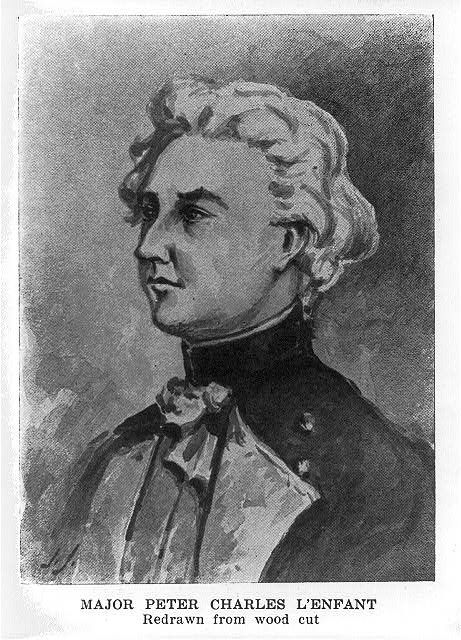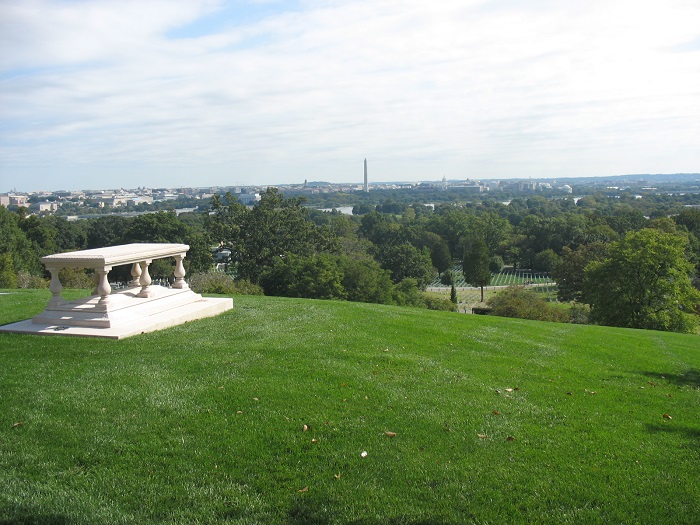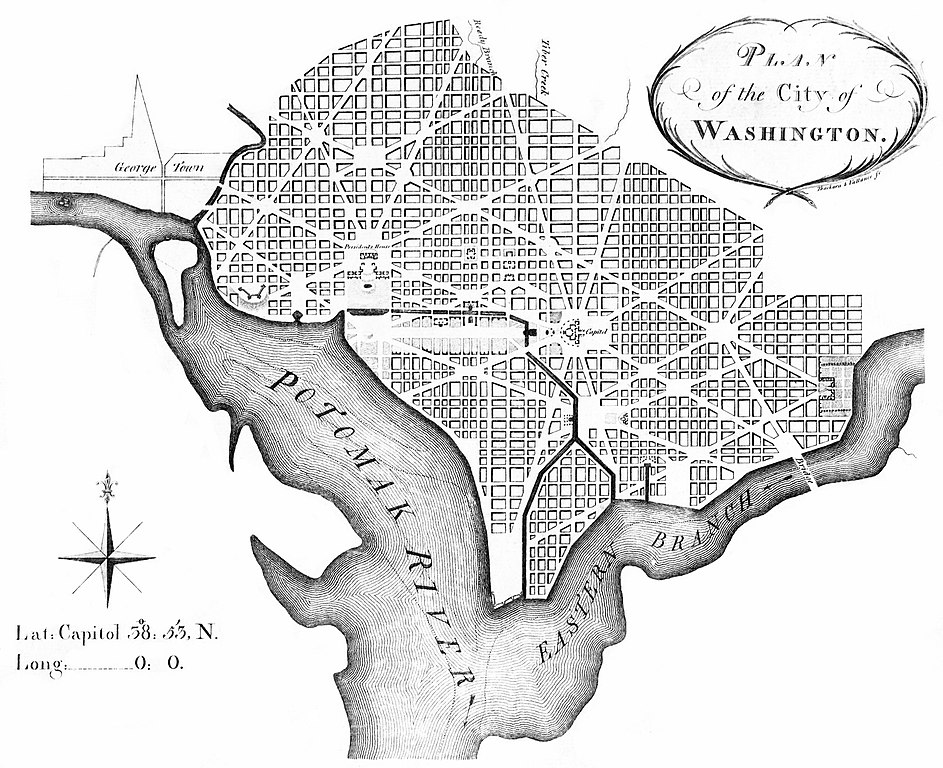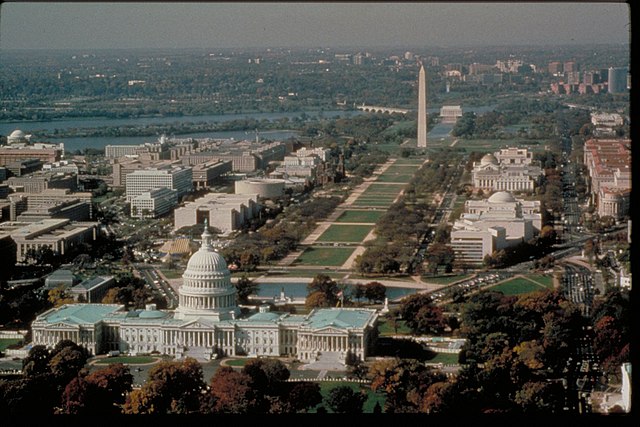On July 17, 1790, the US Congress announced that a swampy, muddy, mosquito-infested plot of land on the Potomac River would be the permanent US capital. Today we celebrate Pierre L’Enfant as the chief architect and he is remembered through locations like L’Enfant Plaza and restaurants bearing his name, but his grand vision was not realized in his lifetime, and is still in development today.
Getting There
Location: Washington DC
Transport: Regan National Airport (closest to the city), or you can fly into Dulles. Other cities on the East coast, Baltimore, Philadelphia, New York, etc can also work. Amtrak has a rapid Acela train that is fast and convenient. Once in DC, the Metro subway system is easy to navigate.
Who was Pierre L'Enfant?
Pierre Charles L’Enfant was born in Paris in 1754. His father was a painter and he studied under his father at the Royal Academy of Painting and Sculpture.
In 1776 he left France to serve in the Revolutionary war, first with French Colonial Troops and then the Continental Army. He was on Washington’s staff at Valley Forge and was eventually captured and spent 6 months as a prisoner of war.
Washington would have known him well by 1790 when he selected L’Enfant to design the new capital.
His design for the capital included the centerpiece National Mall that stretches for 2 miles from the Capital Building, past the Washington Monument, down to the Lincoln Memorial at the River. He placed Congress at the highest point in the city, representing the power of the people and not a single ruler as was customary in most countries. Public squares and parks were located throughout the city, giving access to all citizens and not just the select few at the top.

L'Enfant's Plan for DC Begins to Unravel
Despite his success as an architect, he died in poverty in 1825. He clashed with city commissioners and wealthy landowners when he demolished a large estate to make room for one of his grand avenues and held back publishing the lot plan for fear land speculators would buy up all the real estate.
Eventually the city surveyor presented a plan suspiciously similar to L’Enfant’s and lots were put up for sale. L’Enfant was furious an resigned – he never got credit for the design and he was never paid. At the time of his death, the city was far from complete and his grand vision was never fully realized.

He was originally buried on a friend’s farm in Maryland. It was nearly 100 years after his death, in 1901, when the Senate established a commission to update the capital based on L’Enfant’s original plans and it was a grand success. Even today, DC city planners consult his design and work to fully realize his vision while meeting demands of a modern city.
In 1908, the DC Board of Commissioners petitioned to have L’Enfant’s body relocated to Arlington National Cemetery, where it rests today. L’Enfant’s tomb overlooks the city from its vantage point.
Post Sources:
[bg_collapse view=”link” color=”#4a4949″ icon=”arrow” expand_text=”Show More” collapse_text=”Show Less” ]
Images are Public Domain from WikiMedia unless otherwise stated.
[/bg_collapse]


